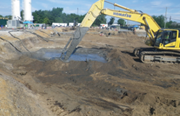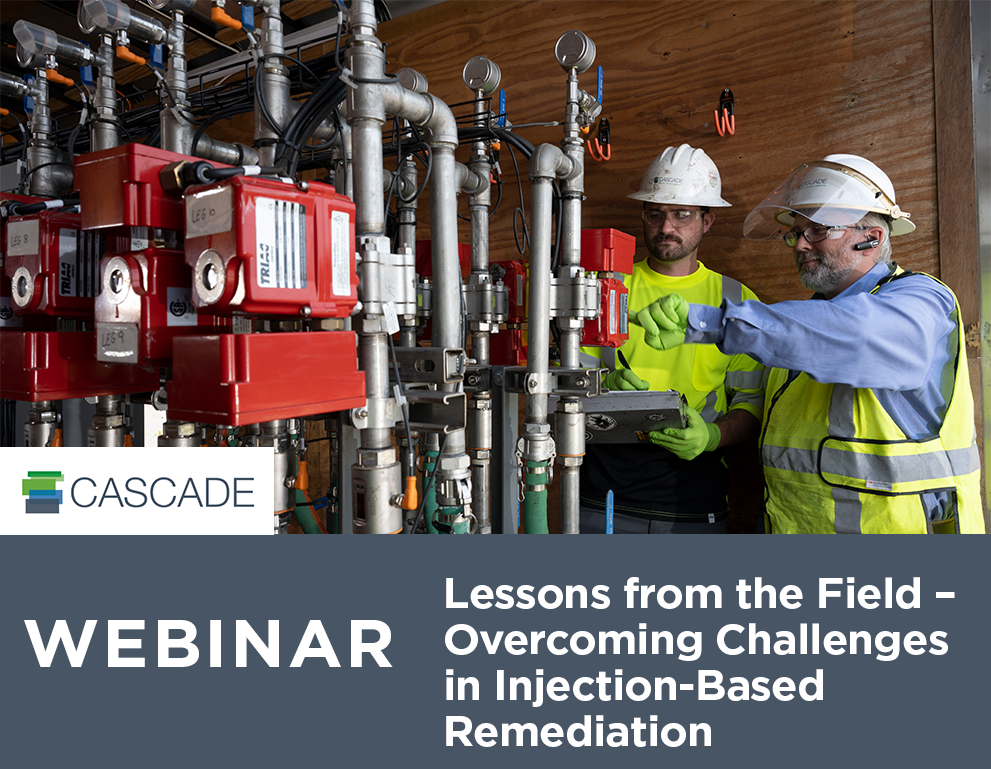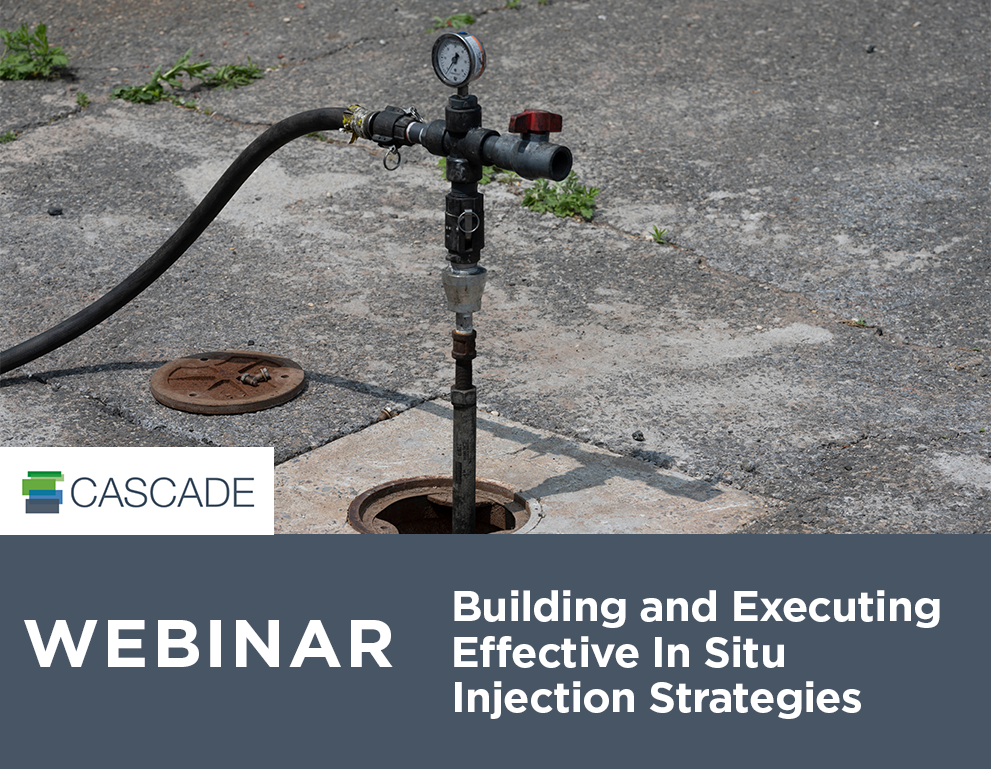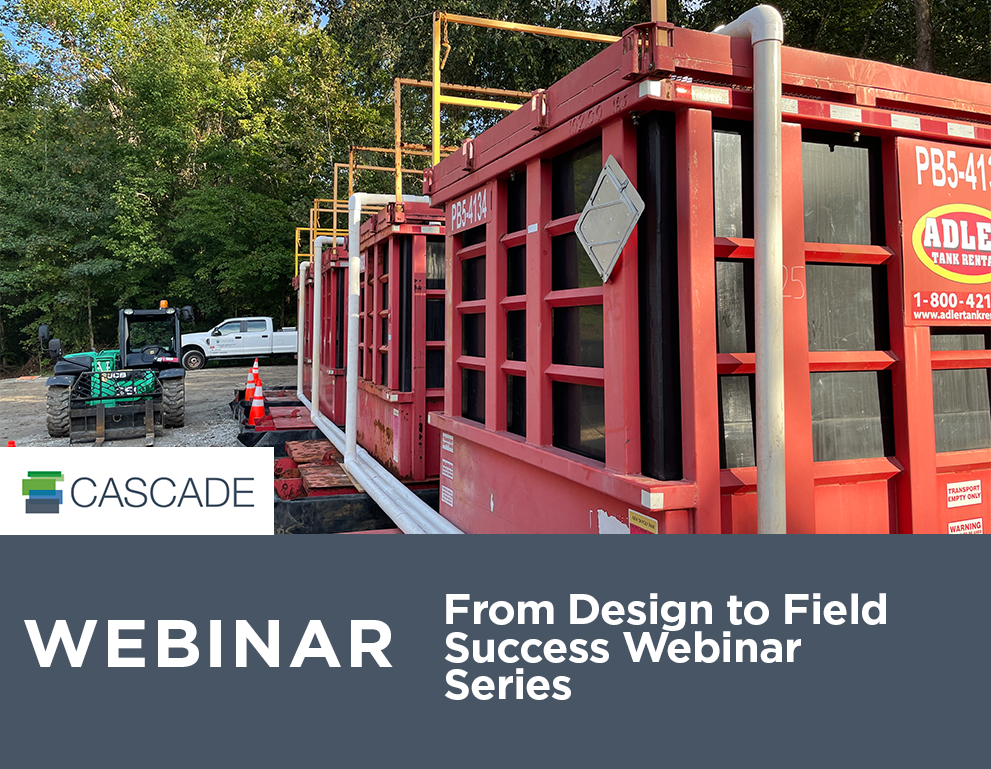Technology Spotlight: Thermal Remediation
TerraTherm, a subsidiary of Cascade Environmental, stands at the forefront of thermal remediation service professionals, offering in situ thermal remediation (ISTR) options to treat a wide range of organic chemicals, including CVOC DNAPLs, BTEX, SVOCs, PCBs, PAHs, dioxins, coal tar/creosote, and even PFAS. Their thermal treatment technologies include Electric Resistance Heating (ERH), Thermal Conduction Heating (TCH), and Steam Enhanced Extraction (SEE). These versatile options allow TerraTherm to tailor its remediation strategies to the unique characteristics of each site, ensuring safety, optimal performance and cost-effectiveness.
ISTR has gained broad regulatory acceptance over the last 20 years. For example, we are currently working on 21 different thermal projects, 10 of which are at Superfund sites, where often other remedial approaches have been attempted but came up short. Thermal remediation technologies are particularly applicable to sites with high concentration source zones and where short cleanup timeframes are desirable or necessary. They also have the advantage of treating multiple chemical contaminants simultaneously and being less sensitive than other technologies to subsurface heterogeneities. They are also applicable to a wide variety of sites, with various hydrogeologic conditions, including above and below the water table, and sands, silts, clays, and fractured bedrock.
For anyone interested in deepening their understanding of the thermal remediation process, check out our six-part webinar series titled "The Nuts and Bolts of Thermal Remediation." In this 2025 webinar series, thermal remediation experts with decades of experience will share insights into the entire process, from technology selection to implementation and data reporting for project closure. This comprehensive experience provides an excellent opportunity to learn from industry leaders and stay informed about the latest thermal remediation solutions.
Register Now >>
















